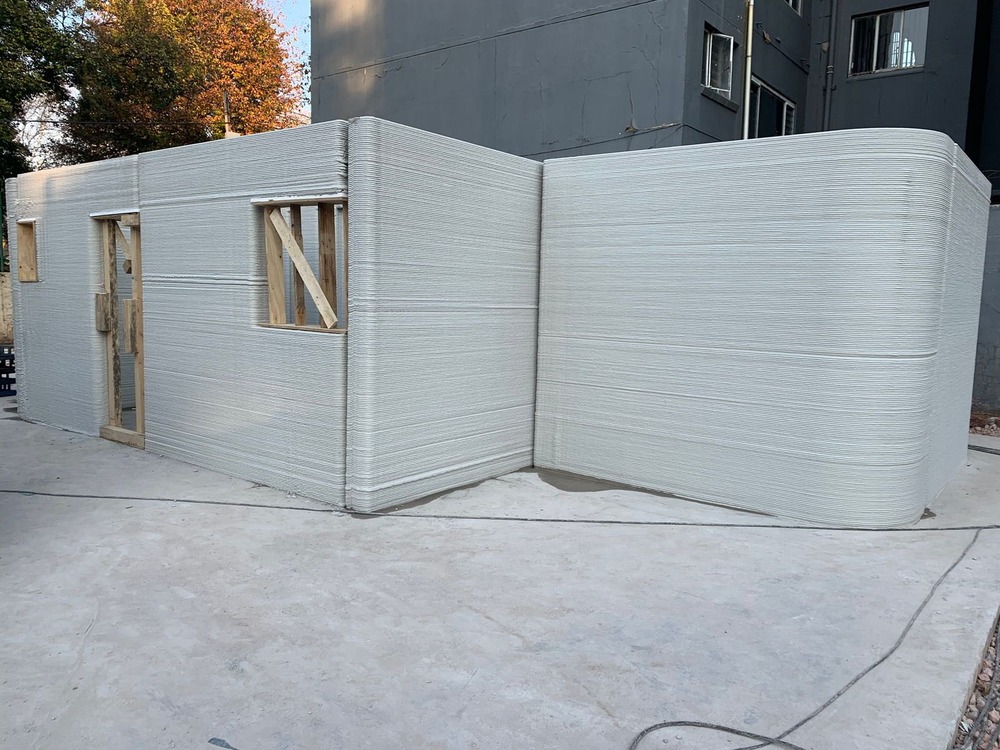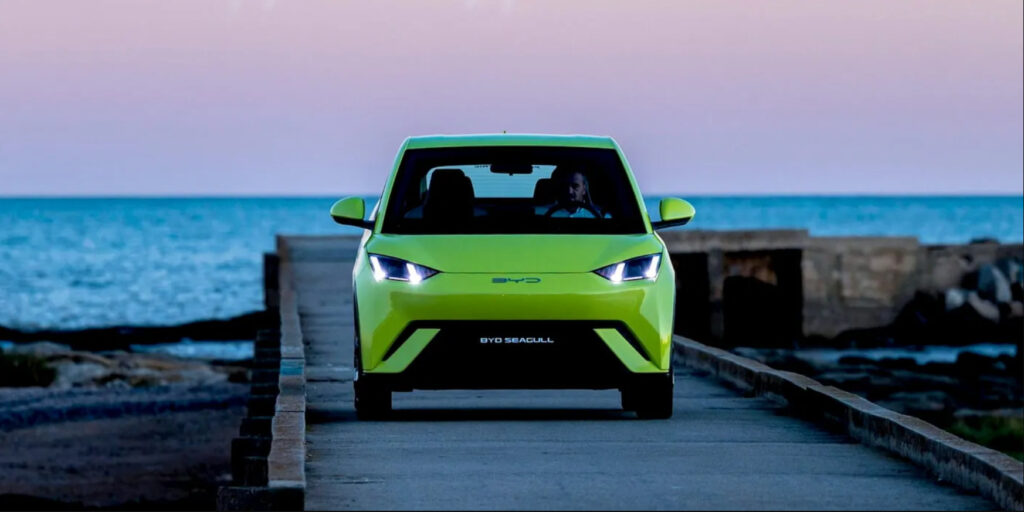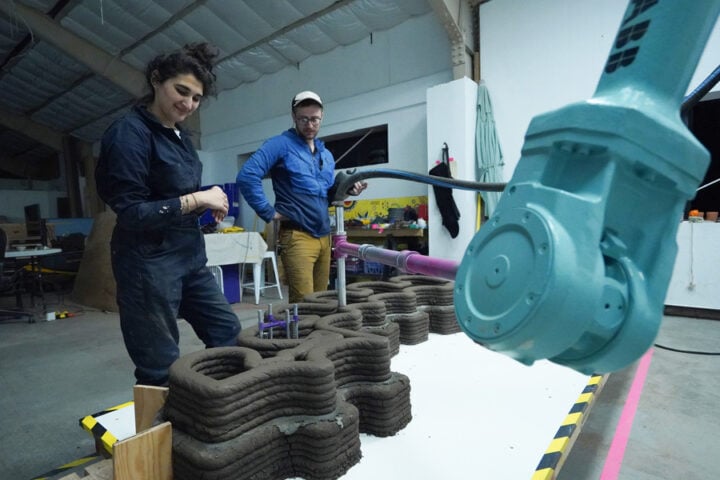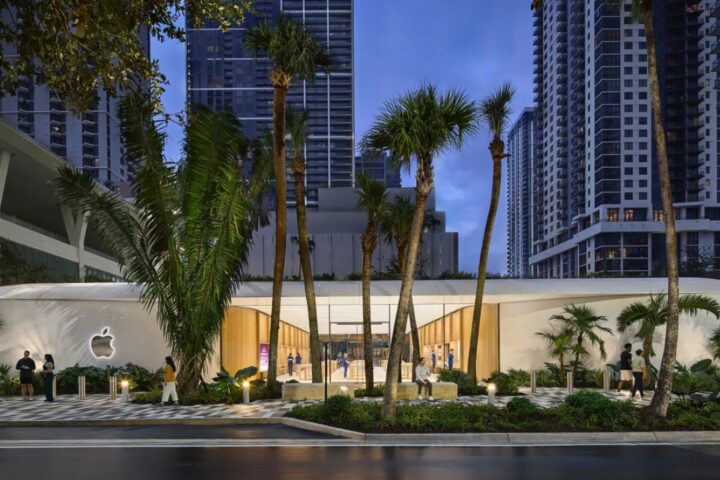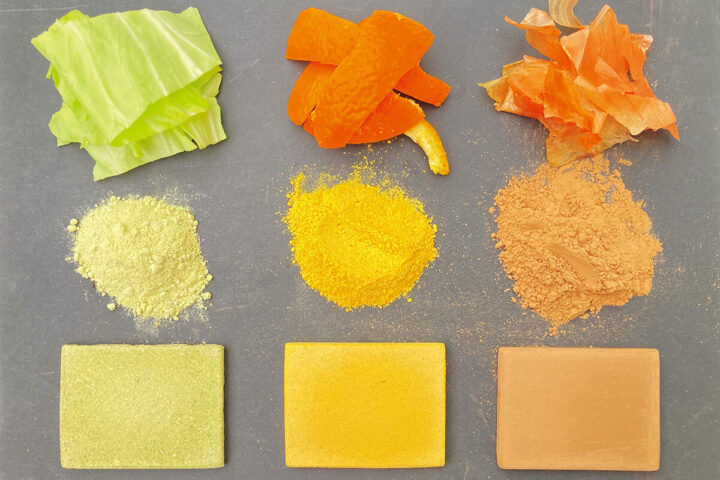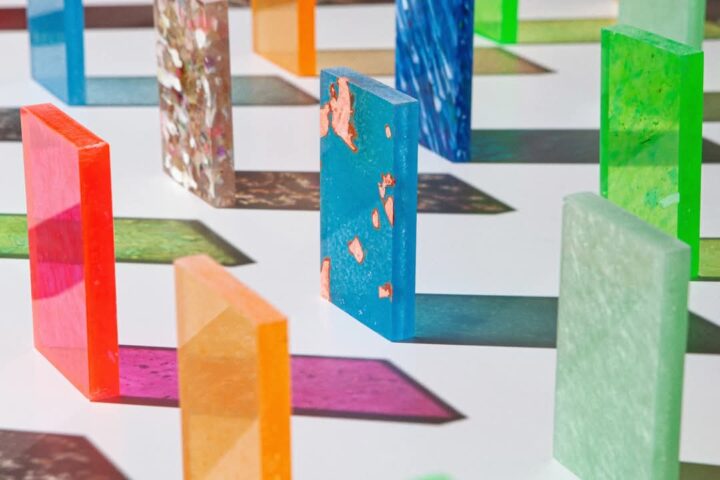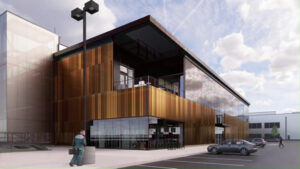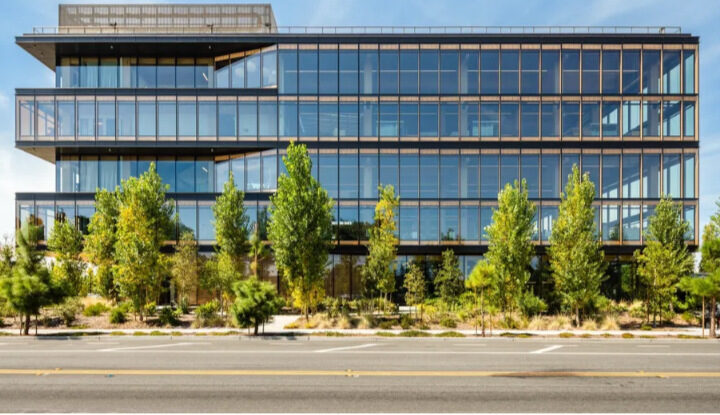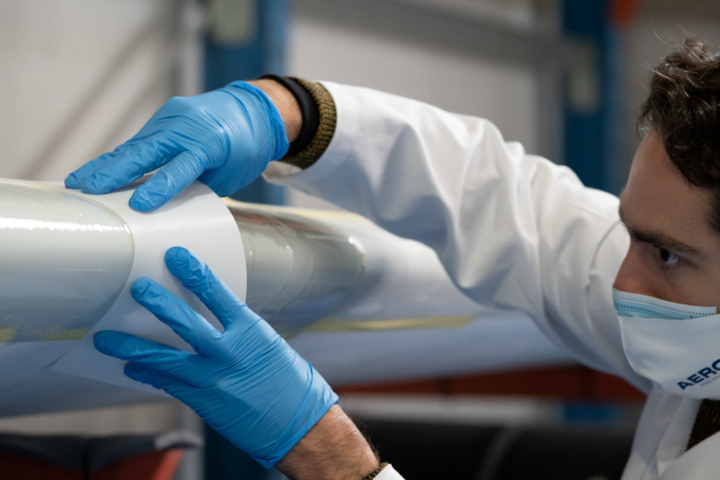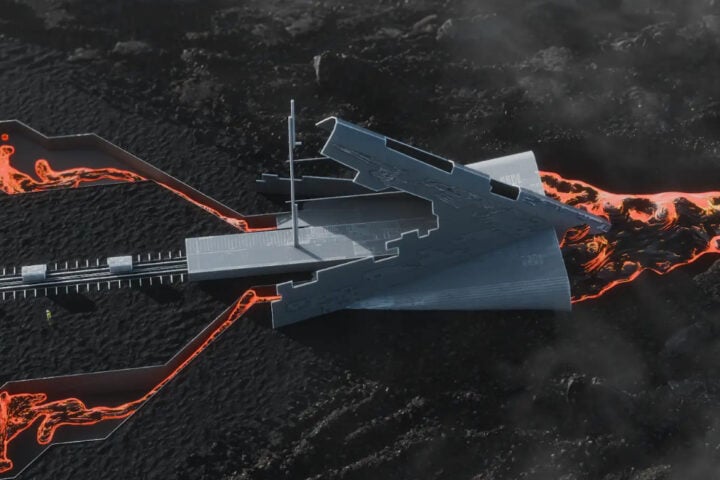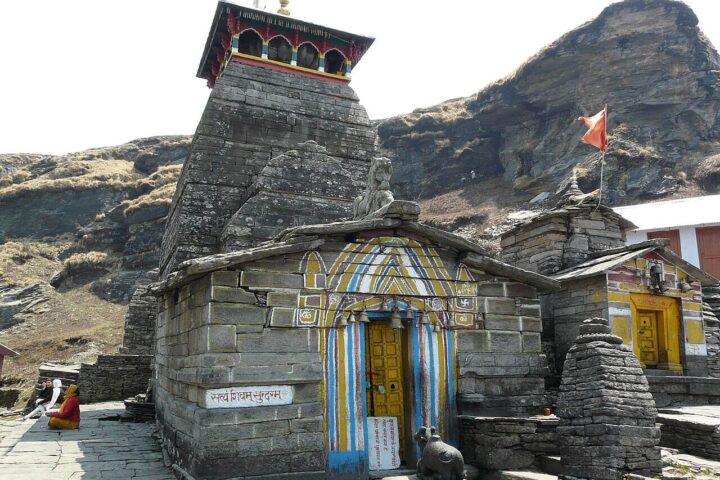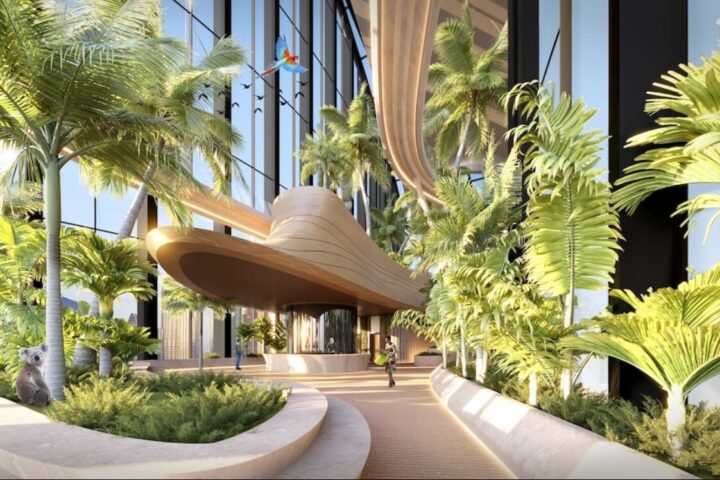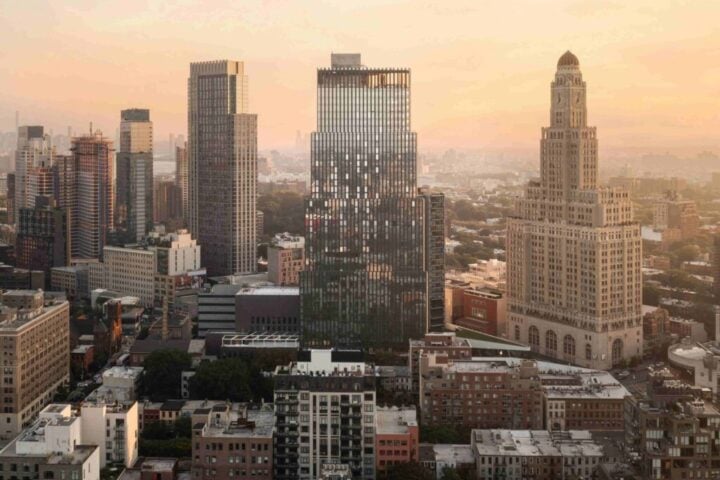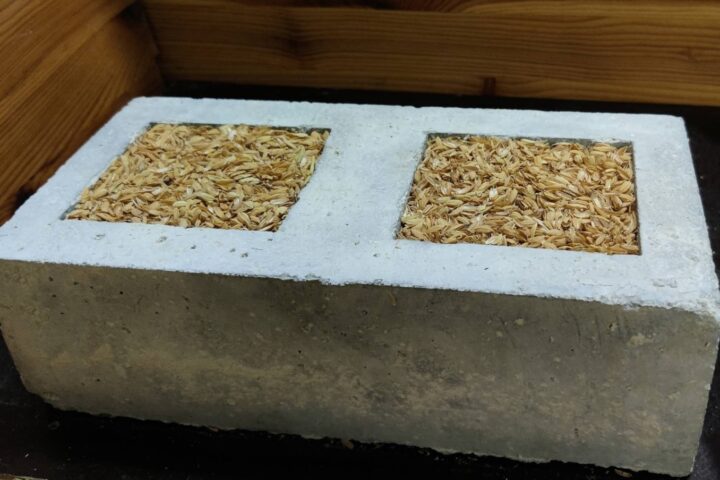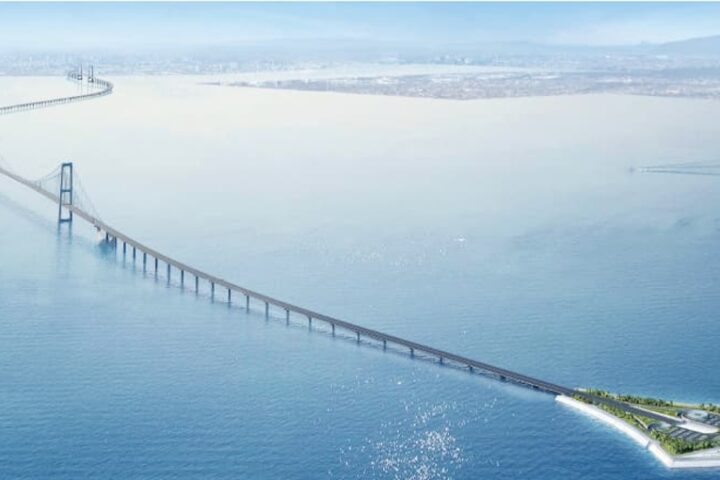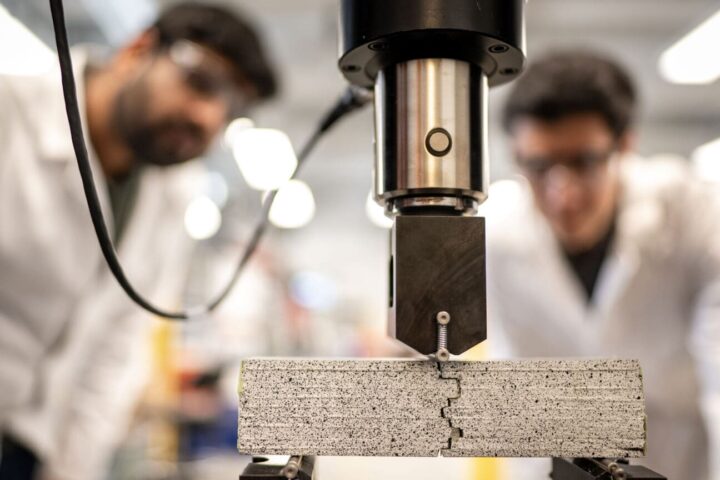Australia is tackling its housing shortage with an innovative solution: homes built by robots using 3D printing technology. This new approach comes at a crucial time when Perth’s typical house price has hit $750,000, with only 4,000 homes available for sale – less than half of what’s needed for a healthy market.
In a quiet Melbourne suburb, a giant robotic crane 3D printer is building a two-story house layer by layer using concrete. This machine, called the PLATYPUS X12, is building Australia’s first multi-story 3D-printed home. The 350-square-meter house includes specially designed walls that reduce noise using acoustic principles, and features a lift core.
What makes this project even more impressive is that construction has continued through Melbourne’s challenging summer temperatures of up to 42 degrees Celsius. The printer uses artificial intelligence and reinforced-learning algorithms to ensure the quality and precision of each concrete layer it prints, as these layers are structural, not just aesthetic.
Ahmed Mahil, who runs the company LUYTEN that created this technology, is so confident in the result that he plans to live in the house himself. “As the first CEO to live in a 3D printed house, printed by his own company and own company’s manufactured robots, I intend to break the psychological barrier people may have,” says Mahil.
Meanwhile, in Perth’s northern suburb of Tapping, another company called Contec is building a single-story 3D-printed home. Their robot, which uses arms similar to those that build BMW and Mercedes cars, can put up walls five times faster than human bricklayers. Mark D’Alessandro, who founded Contec, emphasizes this technology isn’t about replacing workers: “It’s definitely not going to be replacing any labour that we’re missing, it’s just seeking to help and assist.”
Similar Posts
The numbers show why this technology is turning heads. The Perth project cuts wall construction costs by 25% by using less materials and requiring less scaffolding and labor. LUYTEN’s system goes even further, reducing construction waste by 60%, cutting building time by 70%, and needing 80% fewer workers compared to traditional methods.
Western Australia’s Premier Roger Cook sees 3D printing as part of a bigger plan to solve the housing crisis. “We know that there’s some companies looking for really innovative construction methods,” Cook explains, mentioning that alongside 3D printing, they’re exploring other options like tiny homes and modular homes.
The Melbourne house is expected to be ready in just 5 weeks – a dramatic improvement from the usual 8-11 months needed to build a similar home the traditional way. The technology allows for curved walls and intricate 3D designs that would be challenging to achieve through traditional building methods.
To ensure these homes are safe and strong, LUYTEN has partnered with international engineering experts Bollinger + Grohmann and researchers from the University of New South Wales ARC Centre for Next-Gen Architectural Manufacturing. The technology isn’t just for houses either – it’s already being used to make park benches, sea walls, and warehouses.
As Australia faces an ongoing housing shortage, these robot-built homes could offer a faster path to more affordable housing while maintaining design innovation. The federal government has taken notice too, with Industry and Science Minister Ed Husic visiting LUYTEN’s factory to see the technology firsthand.
